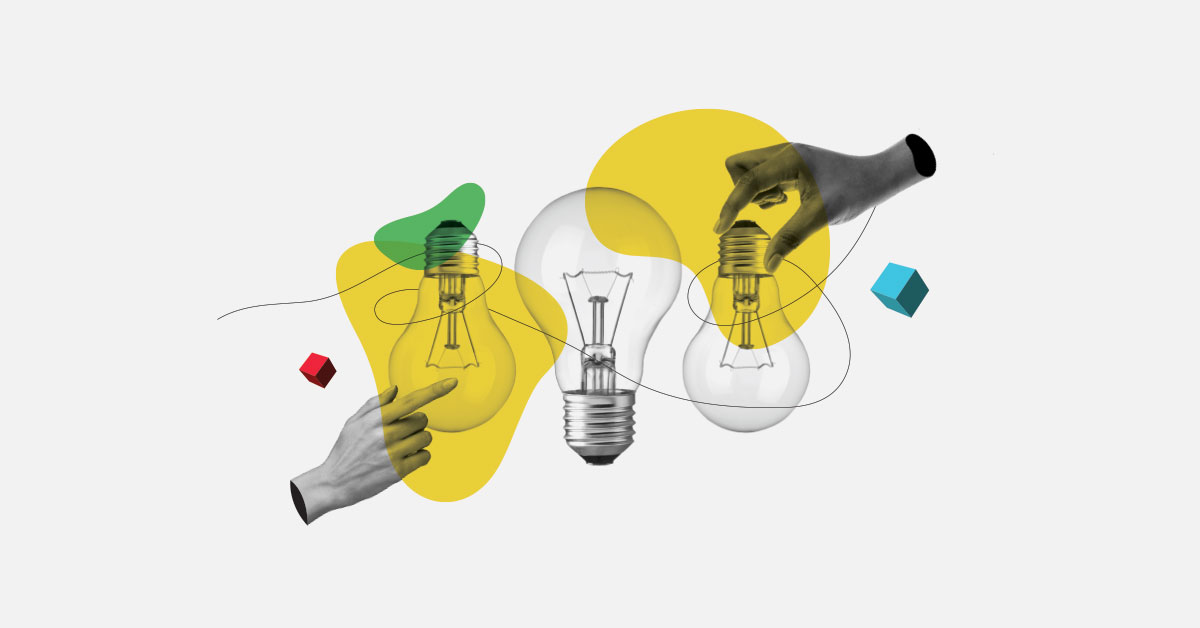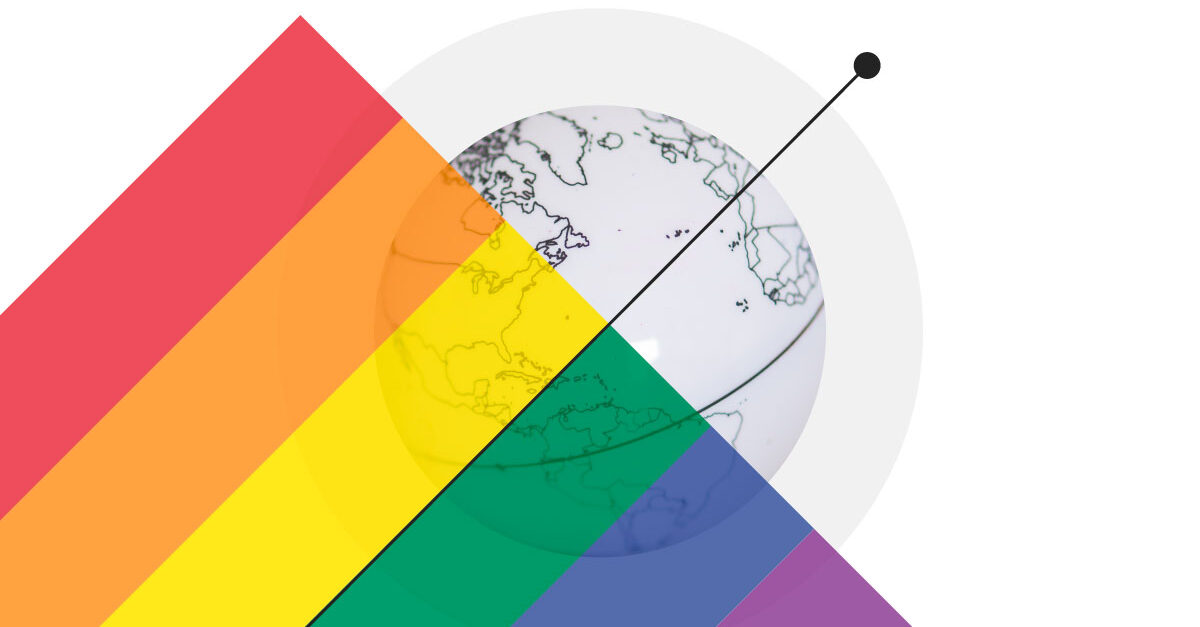Did you know that April 22 (this past Saturday) was Earth Day? Earth Day encourages citizens around the world to be more environmentally conscious and do their part to contribute to a greener society. The theme “Invest in Our Planet” highlights the importance of dedicating time, resources, and energy to solving climate change and other environmental issues.
The climate emergency is happening now. SDG 13 challenges us to take urgent action to combat the global challenge and its impacts.
As educators, we provide students with job-ready skills to contribute to the green economy. As a network of innovators, we develop solutions to climate challenges through applied research. And, as community residents, our campus infrastructure demonstrates net-zero and sustainable design. For example:
- At Saskatchewan Polytechnic, the Energy and Resources Lab is a hub for all energy-related applied research and training programs, focusing on sustainable and alternative-energy technologies, smart grids, and the construction of energy-efficient homes.
- At Nova Scotia Community College, the Energy Sustainability Engineering Technology (ESET) program gives students the opportunity to develop skills in energy efficiency, renewable energy, sustainable design, and contribute to climate change mitigation.
- At Nunavut Arctic College, the Environmental Technology Program gives students hands-on experiences to learn the necessary skills to find employment as environmental practitioners in fields like natural resource management, waste management, environmental protection, and more.
- At Cégep de Jonquière, the Centre TERRE (Technologies des ÉnergiesRenouvelables et du Rendement Énergétique) is a research and learning centre that specializes in green technologies and renewable energies, including wind, water, sun, and bio energies.
- At BCIT, the Zero Energy/Emissions Buildings Learning Centre offers courses and programs that help construction practitioners better understand the details of specific provincial energy codes and learn how to reduce energy consumption and greenhouse gas emissions from the existing building stock.
- At George Brown College, the Limberlost Place is a mass timber, net-zero building that will (soon) be home to the Brookfield Sustainability Institute (BSI), a community learning hub dedicated to sustainability. The Limberlost Place is currently under construction and is set to welcome students in January 2025.
- At Medicine Hat College, the Sustainable Innovation diploma challenges learners to broaden their perspective and create new products, services, systems, and processes that develop long-term solutions and address all 17 SDGs, including SDG 13 Climate Action.
As a country, we are heading towards net-zero. As a sector, colleges and institutes are leading the way. Our members are investing in our planet by preparing industries and learners for the net zero economy.
- Don’t forget: A sustainable future requires each of us to do our part – SDG 13 challenges us to take urgent action to combat climate change. Our new milestone report asks the question: Are We Ready?
- PLUS! Forty colleges and institutes have now signed the SDG Accord. The Accord inspires, celebrates, and advances the critical role of education in delivering on the SDGs. As signatories, we maximize the impact of our efforts, share knowledge, commit to doing more, and hold each other accountable.










